Timeline: 1950-2000
The ecologic and economic futures of entire ecosystems became a growing concern during these decades.
"The concept of a wilderness system marked an innovation in the history of the American preservation movement."
—Roderick Nash from Wilderness and the American Mind, 1967
-
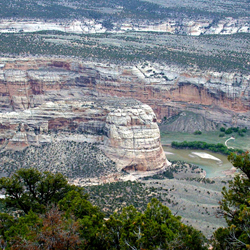
1955
Sierra Club Executive Director David Brower leads successful opposition to development of Echo Park Dam at Dinosaur N.M.
-

1962
Scientist Rachel Carson publishes Silent Spring, stirring public consciousness about pesticides and the environment.
-
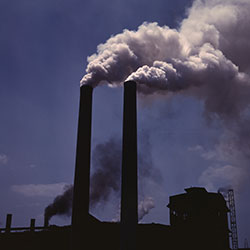
1963
On April 3, Congress passes the first Clean Air Act, which established the required control of air pollution.
-

1964
Authored by Howard Zahniser of the Wilderness Society, the Wilderness Act creates the National Wilderness Preservation System.
-
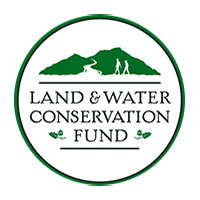
1964
Congress establishes the Land and Water Conservation Fund Act.
-
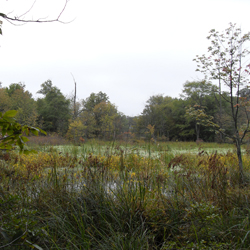
1968
Great Swamp National Wildlife Refuge Wilderness becomes the first FWS wilderness to be added to the NWPS.
-
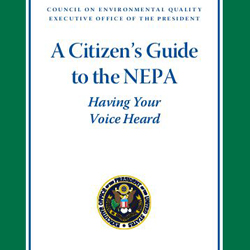
1969
The National Environmental Policy Act is passed, requiring public involvement in land management planning and systematic evaluation of the environmental impacts of proposed projects on public lands.
-

1970
Senator Gaylord Nelson founds Earth Day, focusing national attention on the environment.
-
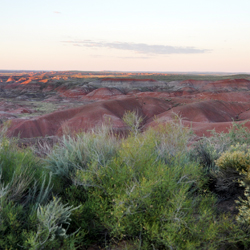
1970
Petrified Forest N.P. and Craters of the Moon N.M. become the first NPS sites to include designated wilderness areas.
-

1973
Originally passed in 1966 and amended in 1969, the Endangered Species Act of 1973 is passed to protect critically imperiled species from extinction.
-
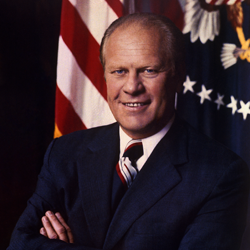
1975
The Eastern Wilderness Act is passed, allowing additional lands with wilderness character and potential to be included in the NWPS.
-
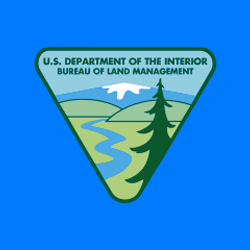
1976
The Federal Land Policy and Management Act designates the BLM as the fourth federal agency to manage wilderness.
-
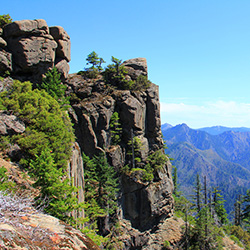
1978
The Wild Rogue and Santa Lucia Wildernesses include the first Bureau of Land Management lands to become wilderness.
-
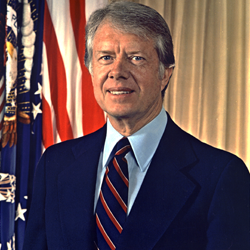
1980
President Jimmy Carter signed the Alaska National Interest Lands Conservation Act establishing 10 new NPS sites, 9 wildlife refuges, and additional BLM conservation units.
-
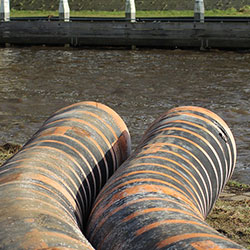
1988
The Ocean Dumping Ban Act passes to prevent municipal sewage sludge and industrial waste dumping in the ocean.
-
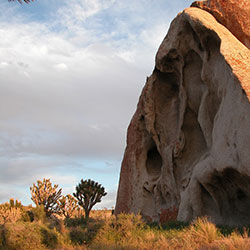
1995
Mojave National Park is established.
-
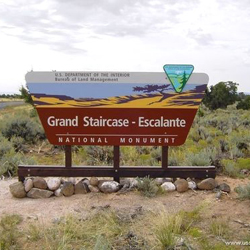
1996
Grand Staircase-Escalante N.M. is created, the BLM's first national monument, including 1.7 million acres of the most remote wild lands in the lower 48 states.
-
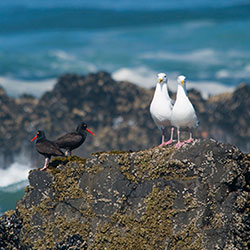
1997
Congress passes the National Wildlife Refuge Improvement Act.
-

1997
Representatives from more than 150 countries meet in Kyoto, Japan and agree to reduce emissions of greenhouse gases 5.2-percent by 2010.